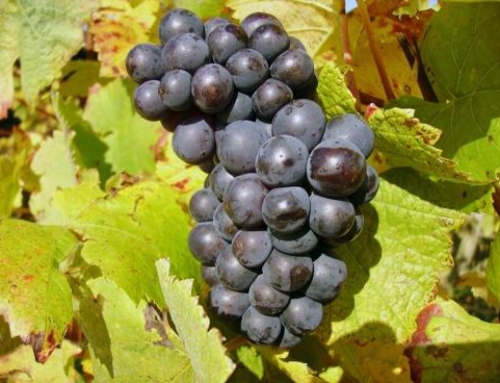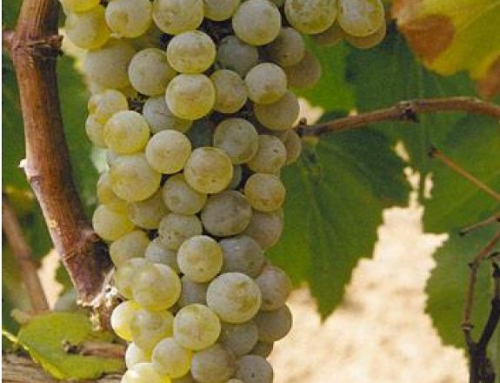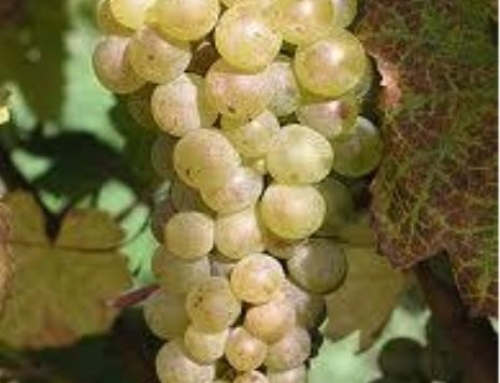Why blend different types of wines? If the grapes were great and the quality of their juice is good enough to bottle on its own, why blend? In essence, sometimes the sum is greater than the parts! That’s the goal of the winemaker as s/he blends different wines from individual grapes to create wine that tastes better blended than “straight” wines.
The classic blends of Bordeaux are many and varied. Only five grapes are used in red wines from this famous region of France. They are Cabernet Sauvignon, Merlot, Petite Verdot, Cabernet Franc, and that oh so popular grape from Argentina, Malbec. While Carmenere is allowed it’s seldom used. That’s it, only five are normally blended to assemble those long-lived reds from the Left and Right Banks of the Gironde River.
Each vintage brings new challenges and different amounts of each wine for the final blend. While a chateau may traditionally use 60% Merlot, 30% Cabernet Sauvignon, 5% Cabernet Franc and 5% Petite Verdot, that blend may very well change depending on the harvest. It’s all a matter of taste by the winemaker!
Meritage wines, pronounced “MEHR ih tihj”, not “MEHR ih tage” are blends from mostly California. The made-up name was coined in 1989 from the words merit and heritage to describe blended wines from the USA. To be labeled a Meritage, the wine must adhere to the following standards. 1. It must be a blend of two or more Bordeaux grape varieties- for red wines these are Cabernet Franc, Cabernet Sauvignon, Carmenere, Gros Verdot, Malbec, Merlot, Petite Verdot and St. Macaire, and for whites they’re Sauvignon Blanc, Muscadet and Semillon (no more than 90 percent of any single variety may go into a Meritage wine); 2. It must be the winery’s best wine of its type; 3. It must be produced and bottled by a U.S. winery from grapes that carry a U.S. appellation; and 4. Its production is limited to a maximum 25,000 cases per vintage. Whew!
© 2011 The Wine Counselor LLC





Leave A Comment